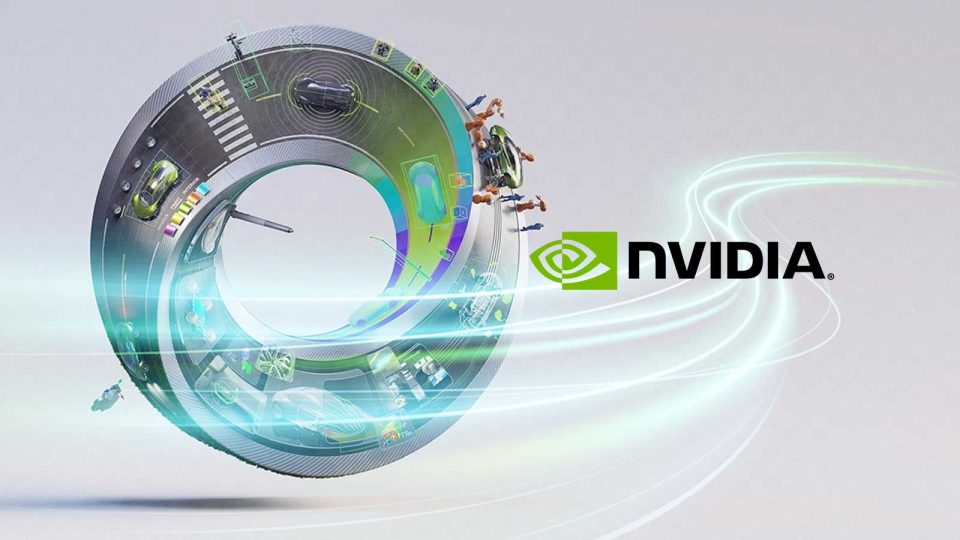The upcoming NVIDIA GTC conference will honor the legacy of software pioneer Grace Hopper. Advanced systems featuring powerful processors, named in tribute to Hopper, will be showcased at the event. These systems are designed to elevate computing capabilities and will be exhibited from March 18-21. Exhibitors will present over 500 servers across 18 racks equipped with NVIDIA GH200 Grace Hopper Superchips. This display, occupying the MGX Pavilion, will be the largest at NVIDIA’s San Jose Convention Center booth.
MGX: Streamlining Market Deployment
NVIDIA MGX is a blueprint for constructing accelerated servers, incorporating various GPUs, CPUs, and data processing units (DPUs) combinations. This framework caters to various applications spanning AI, high-performance computing, and NVIDIA Omniverse.
At GTC, attendees can closely examine MGX models tailored for enterprise, cloud, and telco-edge applications. These models are specifically optimized for generative AI inference, recommenders, and data analytics tasks.
The pavilion will feature accelerated systems housing single and dual GH200 Superchips within 1U and 2U chassis configurations. These systems are interconnected via NVIDIA BlueField-3 DPUs and NVIDIA Quantum-2 400Gb/s InfiniBand networks, facilitated by LinkX cables and transceivers.
Moreover, these systems adhere to industry standards for 19- and 21-inch rack enclosures, with many offering E1.S bays to accommodate nonvolatile storage solutions.
Exploring Grace Hopper Systems
- ASRock RACK’s MECAI: This system, measuring 450 x 445 x 87mm, specializes in accelerating AI and 5G services, particularly in constrained spaces at the edge of telco networks.
- ASUS’s ESC NM2N-E1: Designed to fit into racks holding up to 32 GH200 processors, this MGX server supports air- and water-cooled nodes.
- Foxconn’s MGX Systems: Offerings include a 4U model capable of accommodating up to eight NVIDIA H100 NVL PCIe Tensor Core GPUs, catering to demanding computational tasks.
- GIGABYTE’s XH23-VG0-MGX: Known for its ample storage capabilities, this system features six 2.5-inch Gen5 NVMe hot-swappable bays and two M.2 slots.
- Inventec’s MGX Systems: Compatible with 19- and 21-inch racks, these systems utilize three different liquid cooling implementations, enhancing performance and reliability.
- Lenovo’s MGX Servers: Lenovo offers a diverse range of 1U, 2U, and 4U MGX servers, including models supporting direct liquid cooling, catering to various deployment needs.
- Pegatron’s AS201-1N0: This air-cooled server integrates a BlueField-3 DPU, enhancing networking capabilities through software-defined, hardware-accelerated networking.
- QCT’s QuantaGrid D74S-IU: Stackable up to 16 systems into a single QoolRack, each equipped with two GH200 Superchips, providing scalable and efficient computing solutions.
- Supermicro’s ARS-111GL-NHR: Part of a portfolio offering air- and liquid-cooled GH200 and NVIDIA Grace CPU systems, this server features nine hot-swappable fans for optimal cooling.
- Wiwynn’s SV7200H: A 1U dual GH200 system supporting a BlueField-3 DPU and a remotely managed liquid-cooling subsystem, ensuring efficient and manageable operations.
- Wistron’s MGX Servers: These 4U GPU systems specialize in AI inference and mixed workloads, accommodating up to eight accelerators in a single system, catering to diverse computational needs.
These newly introduced servers complement three existing accelerated systems announced at COMPUTEX last May, further expanding the offerings of MGX-powered solutions.


